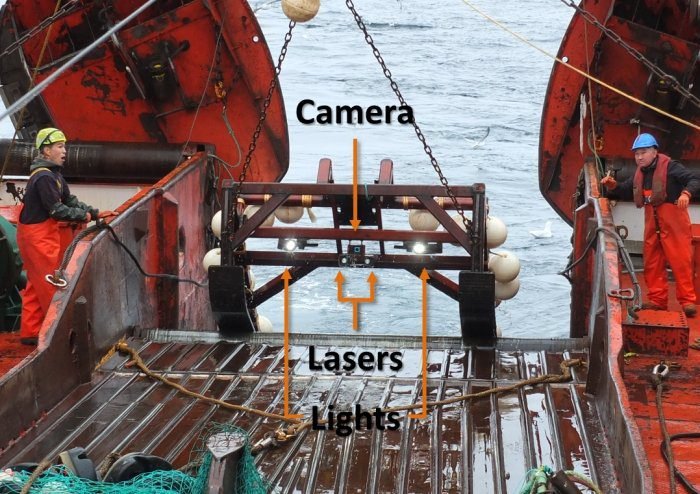A garden of soft corals and sponges was discovered on the west coast of Greenland.
Source: Science Alert
Deep in the cold, dark water, on the seafloor west of Greenland, a quiet ecosystem thrives. For the first time, a garden of soft corals and sponges has been found in these waters, sprawling across an area a little bigger than the City of San Jose.
In the post about coral reef formation, it was told that found in low latitudes, hot waters, and until 50 meters deep. For the first time, were found corals outside these features.
Post about coral reefsClick here
Exploring the deep sea is challenging. The deeper you go, the less sunlight penetrates the waters, while the oceanic pressure steadily increases. By the time you’re a few hundred metres down, it’s cold, it’s dark, and the pressure is crushing, at least for humans.
This means that deep-sea exploration requires special high-tech equipment designed to withstand pressure. But the new research shows such exploration can be conducted without a great deal of expense.
The team’s rig – which they call a benthic video sled – consists of a GoPro, lights, and laser pointers (set a certain distance apart to act as a scale guide) in pressure cases, housed in a steel frame suspended from their research vessel. This low-cost sled can reach depths of 1,500 metres (4,920 feet).

It was while using this video sled that the team discovered a vast coral garden spanning 486 square kilometres (188 square miles) in the Mesopelagic zone, at depths between 314 and 585 metres (1,030 and 1,920 feet).
At those depths, very little light penetrates – at the top of the zone, around 200 metres (656 feet) down, only 1 percent of the light visible at the ocean surface remains, and it only gets darker from there. And at 500 metres deep, the pressure is over 50 times the atmospheric pressure at sea level.
Down here, the photosynthetic symbiotic algae that give shallow-water corals their brilliant colours can’t survive. But the corals themselves – pale without algae – can still thrive on nutrients in the water.
And this is what the team found: a vast coral garden populated by cauliflower corals, feather stars, sponges, anemones, brittle stars, hydrozoans, bryozoans and, of course, fish.


There was no shortage of diversity. In 1,239 still images extracted from the GoPro footage, the team annotated 44,035 individual organisms. Of those, anemones were the most abundant at 15,531 identifications, but cauliflower corals weren’t far behind, at 11,633 identifications.



